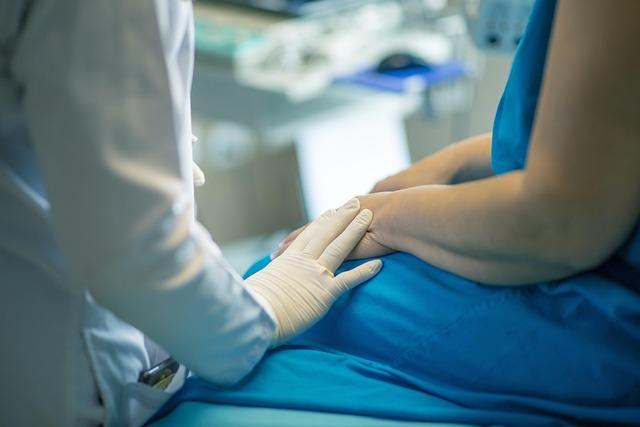- Introduction
- Advantages of Edible Electronics
- Applications of Edible Electronics
- Challenges in Edible Electronics
- Future of Edible Electronics
- Conclusion
- FAQs
- References
Introduction
Edible electronics is an innovative area of research that involves the development of electronic devices using edible materials. These devices have the potential to revolutionize various industries and bring about advancements in healthcare, technology, and sustainability. In this article, we will explore the advantages, applications, challenges, and the future of edible electronics.
Advantages of Edible Electronics
One of the key advantages of edible electronics is their biodegradability, which reduces environmental impact and waste. These devices are also bio-compatible, making them safe for use in medical applications such as monitoring vital signs or delivering targeted therapies within the body. Additionally, edible electronics offer a unique opportunity for personalized medicine and precise dosing due to their customizable nature.

(Image: Pixabay/@WebTechExperts)
Furthermore, edible electronics can be easily consumed or integrated into food products, offering a novel way of interacting with technology in everyday life. Their non-toxic nature makes them suitable for a wide range of consumer applications without posing health risks.
The versatility of edible electronics extends to their adaptability for various form factors, enabling flexible and stretchable electronic systems that can conform to irregular shapes or be ingested in different ways, opening new possibilities for wearable devices and ingestible sensors.
Applications of Edible Electronics
Edible electronics have diverse applications across multiple sectors. In the healthcare industry, these devices can be utilized for real-time health monitoring, drug delivery systems, and diagnostic tools. They offer a non-invasive means of collecting data from within the body, enhancing patient comfort and compliance.

(Image: Pixabay/@fernandozhiminaicela)
Outside of healthcare, edible electronics can be employed in food packaging to monitor freshness and quality, providing consumers with real-time information about the condition of their food products. In the realm of environmental sensing, these devices can be used to track pollutants or monitor agricultural conditions, offering valuable insights for sustainable practices.
The entertainment and culinary industries can also benefit from edible electronics by creating interactive dining experiences or novelty food items that incorporate playful electronic elements for enhanced sensory enjoyment.
Challenges in Edible Electronics
Despite the promising potential of edible electronics, there are several challenges that need to be addressed for widespread adoption. One significant obstacle is ensuring the stability and functionality of these devices in complex physiological environments, such as the acidic conditions of the stomach or the moisture present in the digestive system.

(Image: Pixabay/@akiratrang2411)
Additionally, regulatory considerations surrounding the safety and approval of edible electronic materials for human consumption require stringent testing and validation processes to guarantee consumer wellbeing. Balancing the performance and biocompatibility of these devices while maintaining taste and texture in food applications presents a delicate engineering and design challenge.
Interdisciplinary collaboration between material scientists, engineers, biomedical researchers, and regulatory bodies is essential for overcoming these hurdles and advancing the field of edible electronics towards practical implementation.
Future of Edible Electronics
The future of edible electronics holds exciting prospects for enhanced human-machine interfaces, personalized healthcare solutions, and sustainable technologies. Continued research and development efforts are expected to drive innovation in material science, bioelectronics, and sensor technologies, leading to more sophisticated and functional edible electronic devices.

(Image: Pixabay/@GrumpyBeere)
As advancements are made in bio-degradable conductive materials, wireless communication systems, and data processing capabilities, the integration of edible electronics into our daily lives is poised to reshape how we interact with technology and redefine the possibilities of interconnected smart systems.
Conclusion
In conclusion, edible electronics represent a groundbreaking field with vast potential to revolutionize healthcare, sustainability, and consumer experiences. While facing challenges in terms of biocompatibility, durability, and regulatory approval, ongoing research and collaborative efforts are paving the way for exciting applications and innovations in the future.
FAQs
Are edible electronics safe for consumption?
Edible electronics undergo rigorous testing to ensure their safety for human consumption. The materials used are carefully selected and approved for use in food products.
Can edible electronics be customized for specific medical needs?
Yes, one of the advantages of edible electronics is their customizable nature, allowing for tailored solutions to meet individual medical requirements and therapeutic purposes.

